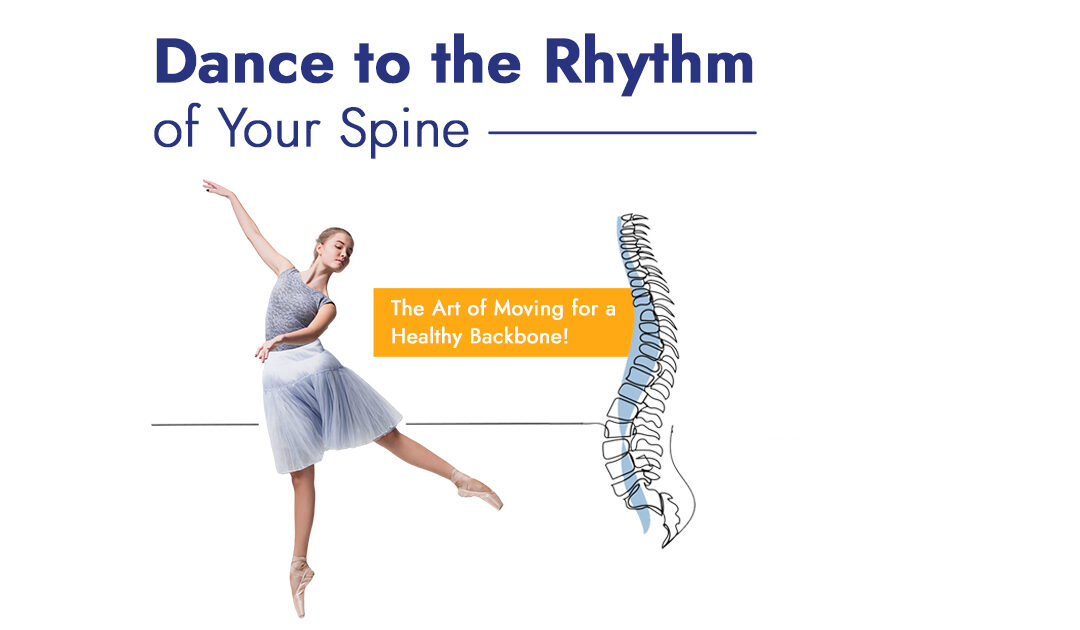Imagine a dancer, gracefully performing Bharatnatyam. Each jump, squat, and bend is a testament to the spinal cord’s vital role in controlling body movements and functions. This cylindrical structure, extending from the brainstem to the lower back, is a lifeline of nerve bundles and cells that transmit instructions from your brain to your body. Some reflexes are controlled directly by the spinal cord, while it also aids the brain in recording sensory experiences like pressure or pain.
What Nerves Make Up Your Spine?
- Eight cervical nerve pairs: These nerves begin in your neck and run largely to your face and head.
- Twelve thoracic nerve pairs: Located in your upper torso, these nerves stretch to your chest, upper back, and abdomen.
- Five lumbar nerve pairs: These are the low back nerves flowing to your legs and feet.
- Five sacral nerve pairs: Extending into the pelvis, these are also low back nerves.
Why is Your Spinal Cord Important?
Your Spinal Cord plays a significant part in controlling your body movements and functions. It is a cylindrical structure that goes from your brainstem to your lower back through the center of your spine. Comprising nerve bundles and cells, it transmits instructions from your brain to the rest of your body. Some reflexes are controlled by your spinal cord without the involvement of your brain, while other regions of your body send signals to your brain, helping it record experiences like pressure or discomfort.
How Can You Keep Your Spinal Cord Healthy?
- Balanced Diet: Include fruits, vegetables, whole grains, healthy fats, and lean proteins.
- Regular Exercise: Mix aerobic, strengthening, and stretching activities.
- Proper Posture: Maintain this when sitting or standing.
- Avoid Tobacco: Stop smoking and using tobacco products.
- Supportive Sleep: Sleep in positions that support your neck and lower back’s natural curve.
- Frequent Breaks: Take regular pauses and walks.
- Limit Alcohol and Avoid Drugs: Control alcohol consumption and steer clear of recreational drugs.
Remember that your spinal cord is a remarkable and delicate part of your body that requires careful attention. By integrating these activities into your daily routine, you are not only caring for your spine but also investing in your entire health. Here’s to a strong spine and a healthy you!
Navigating the Twists and Turns of Sciatica
Have you ever felt a sharp pain shooting down your leg from your lower back? If so, you’re not alone. Sciatica, a condition where pain radiates along the path of the sciatic nerve, which extends from the lower back, through the hips and buttocks, and down each leg. This condition often arises from nerve compression, typically caused by a herniated disk or bone overgrowth. While the pain associated with sciatica can be severe, the good news is that most cases are treatable and tend to resolve within a few weeks.
Let’s dive into what causes this discomfort and how to handle it.
What Does Sciatica Feel Like?
If you’re wondering whether your back pain is sciatica, here are some key symptoms:
- A Traveling Pain: Does your pain move from your lower back, through your buttock, and down one leg? This hallmark sign might vary from a mild ache to a sharp, burning sensation.
- Sudden Movements: Ever sneezed and felt a jolt of pain? Sciatica pain often intensifies with coughing, sneezing, or sitting for long periods.
- One-Sided Story: Typically, sciatica affects only one side of your body.
- Numbness or Weakness: Do you feel a tingling sensation or weakness in your leg or foot?
When Should You Worry?
While most cases of sciatica resolve with self-care, certain situations warrant a doctor’s visit. Are you experiencing severe pain that doesn’t improve, or have you had a recent injury? Loss of bowel or bladder control is another red flag.
Why Does Sciatica Happen?
Imagine your sciatic nerve as a highway. Sometimes, a herniated disk or bone spur can act like a roadblock, pressing on the nerve. Rarely, conditions like diabetes or a tumor can also contribute. Have you ever thought about how your lifestyle might be impacting your risk?
Your Sciatica Risk Factors:
- Age and Lifestyle: Did you know that aging and a sedentary lifestyle can increase your chances of developing sciatica?
- Occupational Hazards: Are you often lifting heavy objects or twisting your back? Your job might be a contributing factor.
- Weight and Health Conditions: Obesity and conditions like diabetes can also play a role. What steps are you taking to manage these factors?
Possible Long-Term Effects:
While most people recover fully, some might face ongoing issues like leg weakness or numbness. How can you prevent these complications?
Preventive Steps You Can Take Today:
- Stay Active: When was the last time you exercised? Regular activity can strengthen your core and protect your back.
- Mind Your Posture: Are you slouching right now? Time to sit up straight and use that ergonomic chair!
- Lift Smart: Remember, it’s all about the legs, not the back. Can you think of ways to lift smarter at work or home?
Sciatica can be a literal pain in the back, but with the right knowledge and actions, you can manage it effectively. Have you or someone you know dealt with sciatica? Share your experiences and tips with us! Let’s support each other in our journey to a pain-free life.

